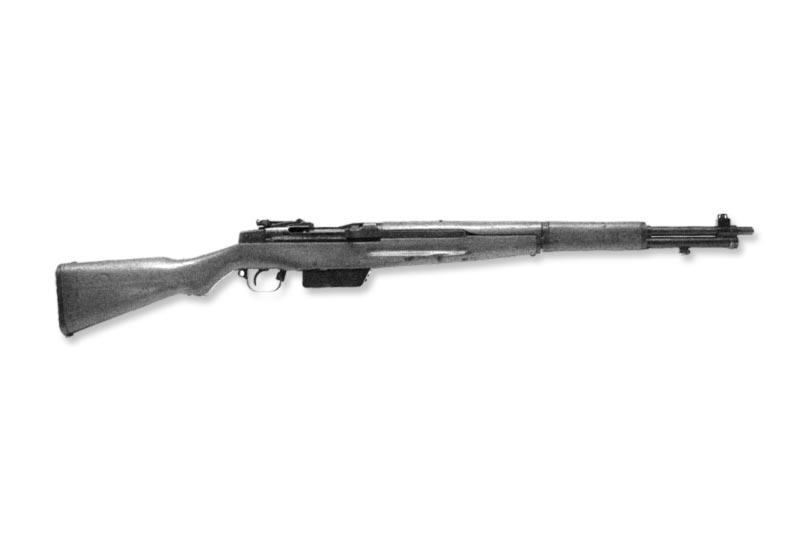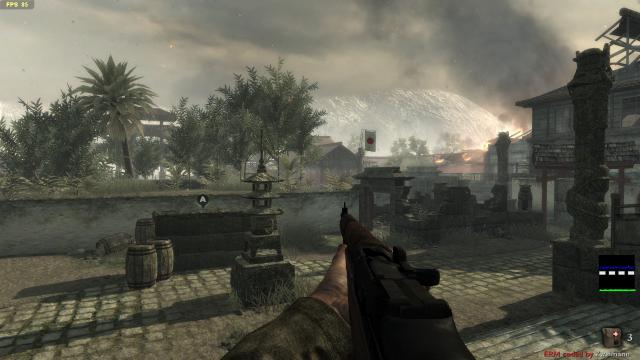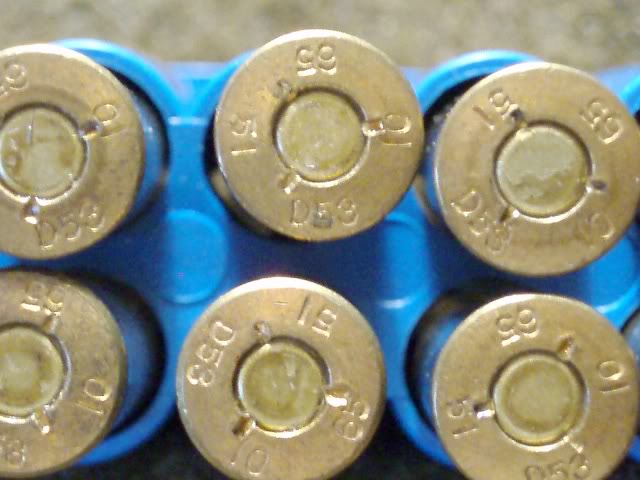
This new rifle utilized a Model 91 Carcano action as a starting point. In 1938 The Italian Royal Arms Factory (F.A.R.E., Fabbrica Armi Rego Esercito) designed and built a rifle that fit their needs and it was subsequently called the Type “I”. The Japanese required a rifle that was similar to the standard issue Model 38 Arisaka in almost every respect. The only common bond that all three countries had was that they all used a bolt action rifle as their main issue infantry weapon and this was the basis for the Type “I”.

They had four different calibers for their Machine-guns along with two different calibers for their rifles. Their own weapons were chambered in a very confusing array of ammunition that were similar but not interchangeable. The Japanese did not have any compatibility with their partners in this area. The 9mm Parabellum was widely used in the 1938A and 38/44 Beretta submachine guns.

The 8mm Mauser was also chambered for the M-1937 Breda Machine-gun cartridge. Towards the end of the war the Germans converted more as a last ditch effort for the Volkssturm. Well over 20,000 Carcano rifles were chambered in 8mm Mauser by the Italians in 19. The 1934 & 1935 Berettas and various Walther PPK’s, PP’s, Mauser HSC’s and Sauer’s shared this ammunition. The 9mm Kurtz (.380) or 9mm Corto and the 7.65 Browning (.32ACP) were used in various German and Italian pistols. The Germans and the Italians did share some common ground in the area of ammunition and shared several different weapons as the war progressed.

The Axis powers had very distinctive differences in their respective weapons and tactics.

The Japanese Navy negotiated the contract and it produced a very unique rifle. The Japanese were in desperate need of weapons as they were involved in conflicts in both Russia and China. This agreement signed by Italy, Germany and Japan promised support and needed supplies to the Axis partners. It was conceived by the Mutual Aid Pact of 1937. The Type “I” (pronounced Type “ee” by the Japanese) was a very unusual rifle that was used by the Japanese in several campaigns during WW II including the South Pacific.


 0 kommentar(er)
0 kommentar(er)
